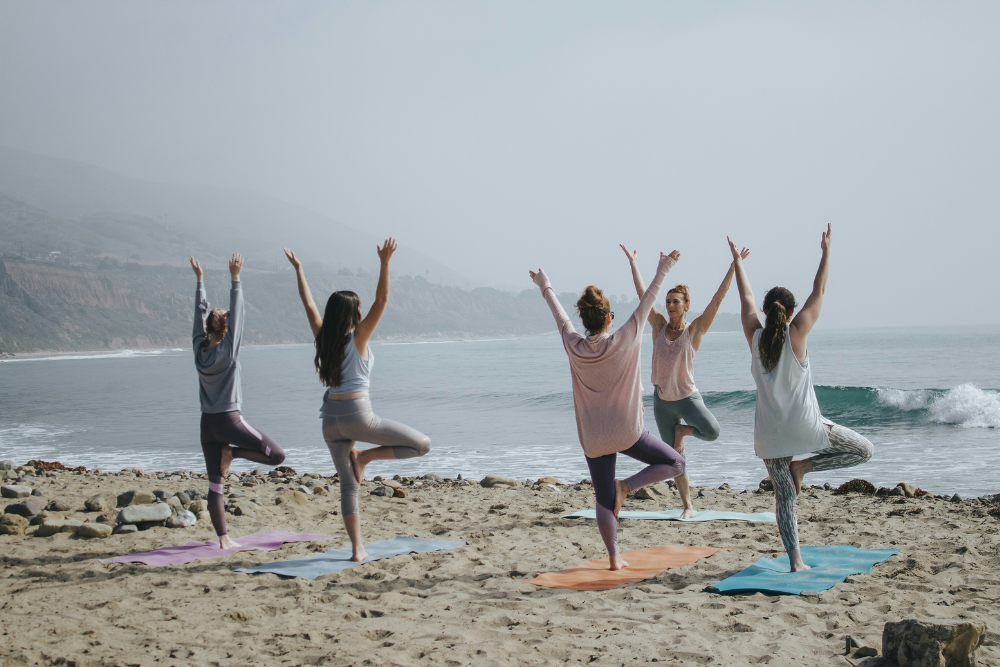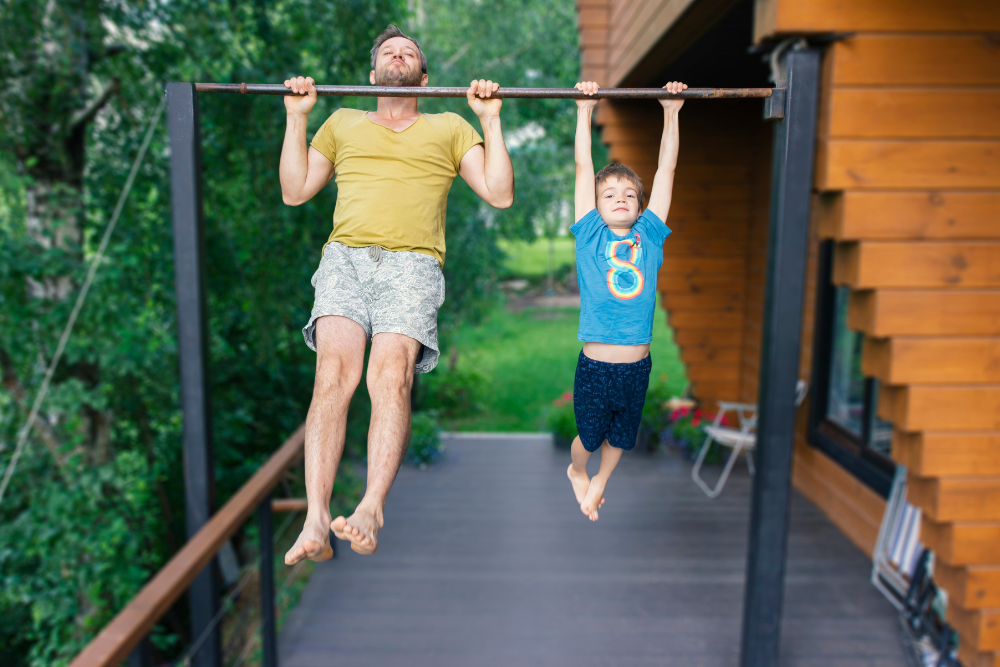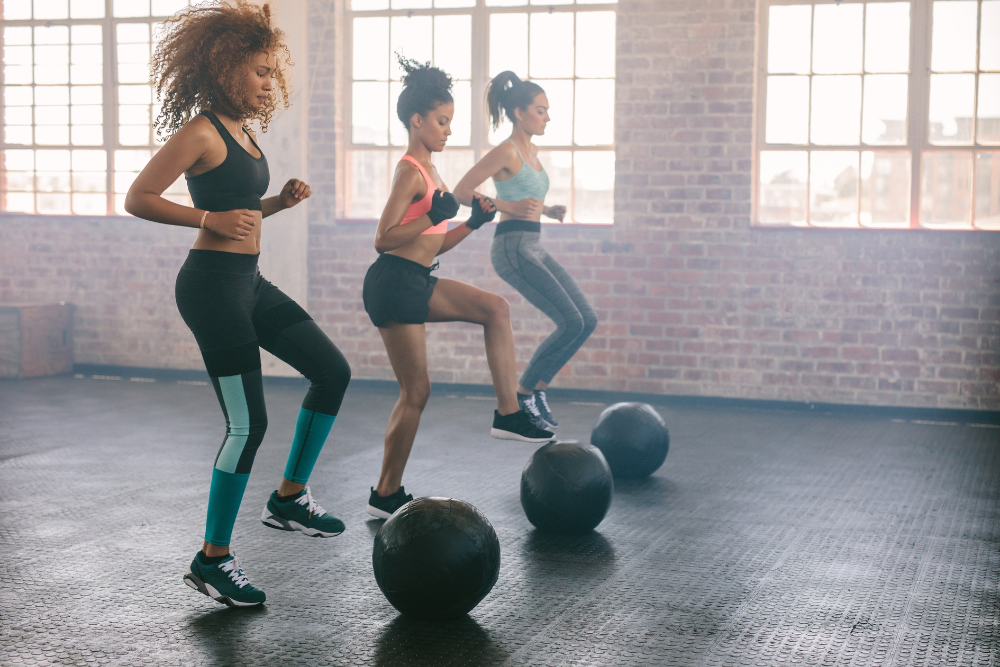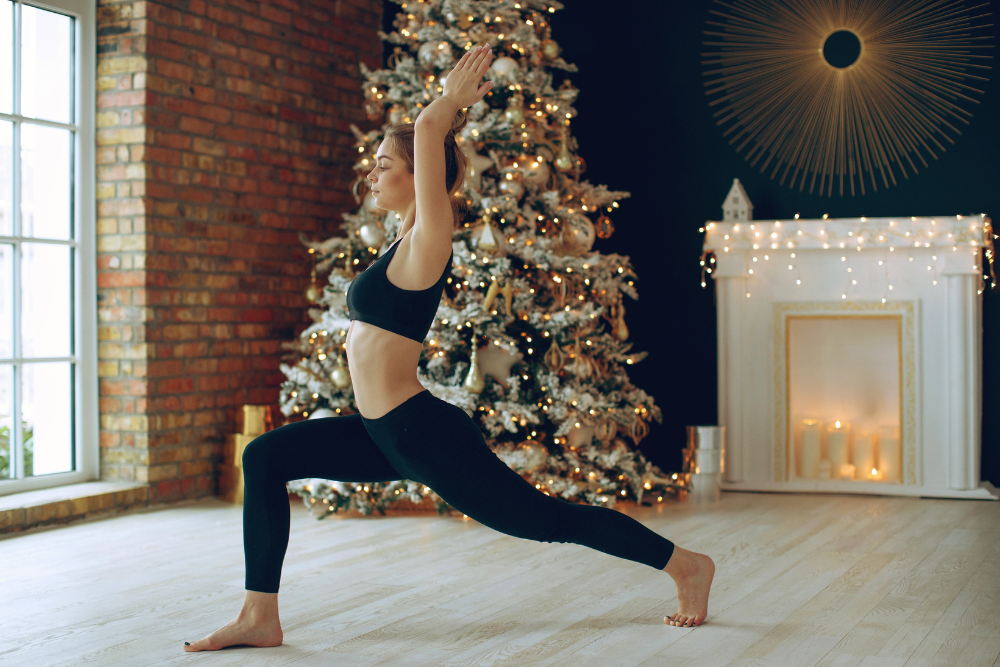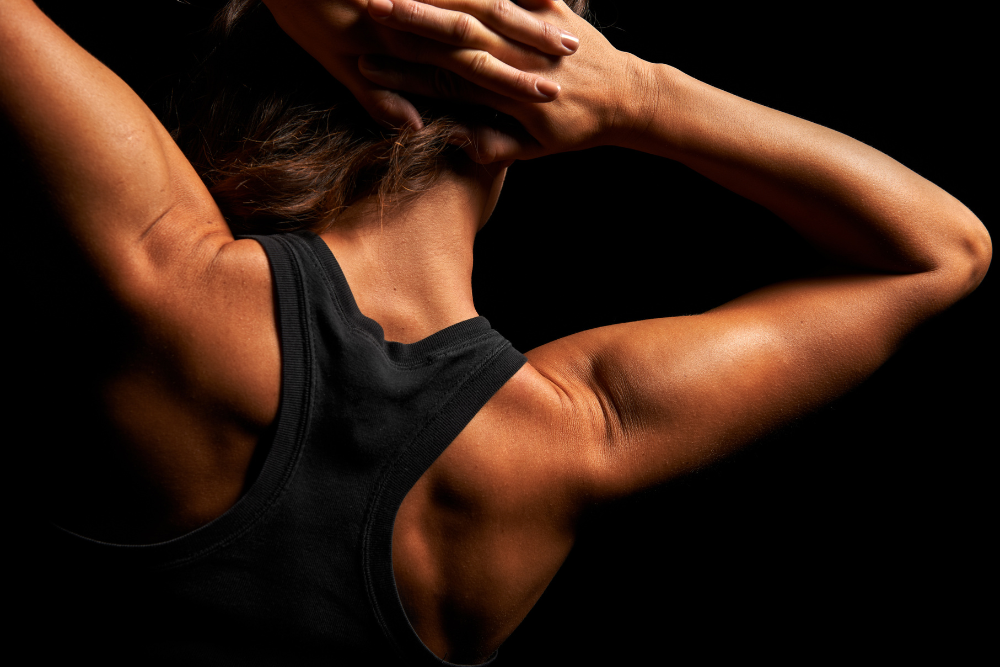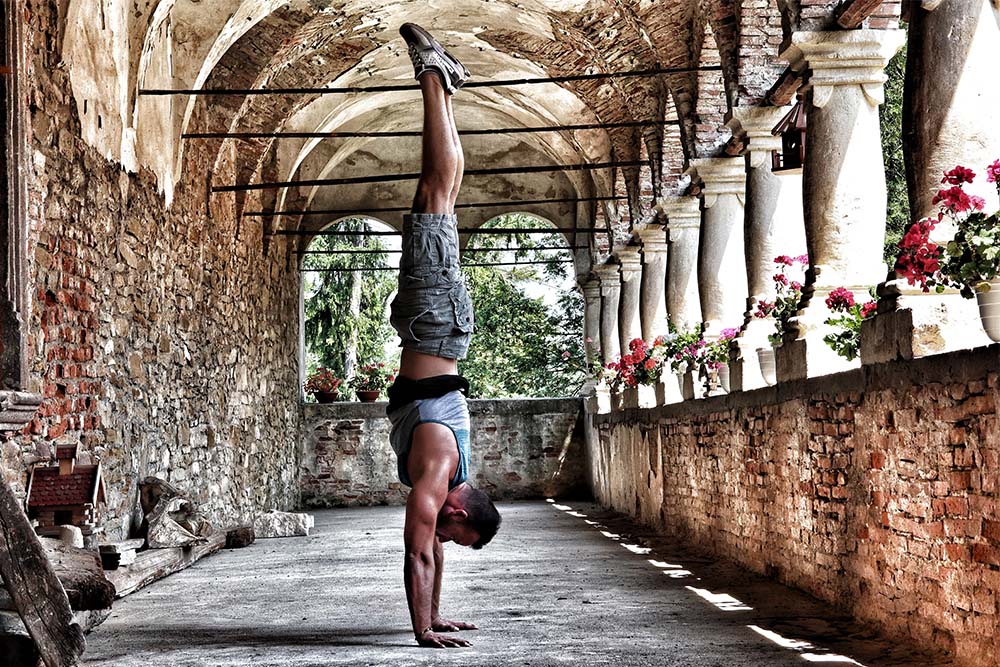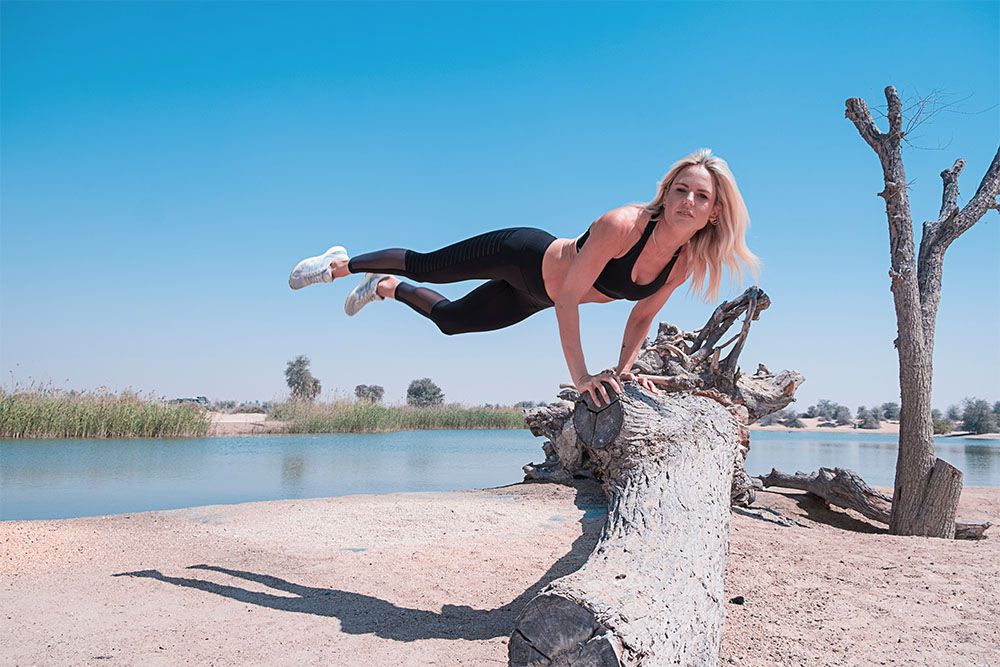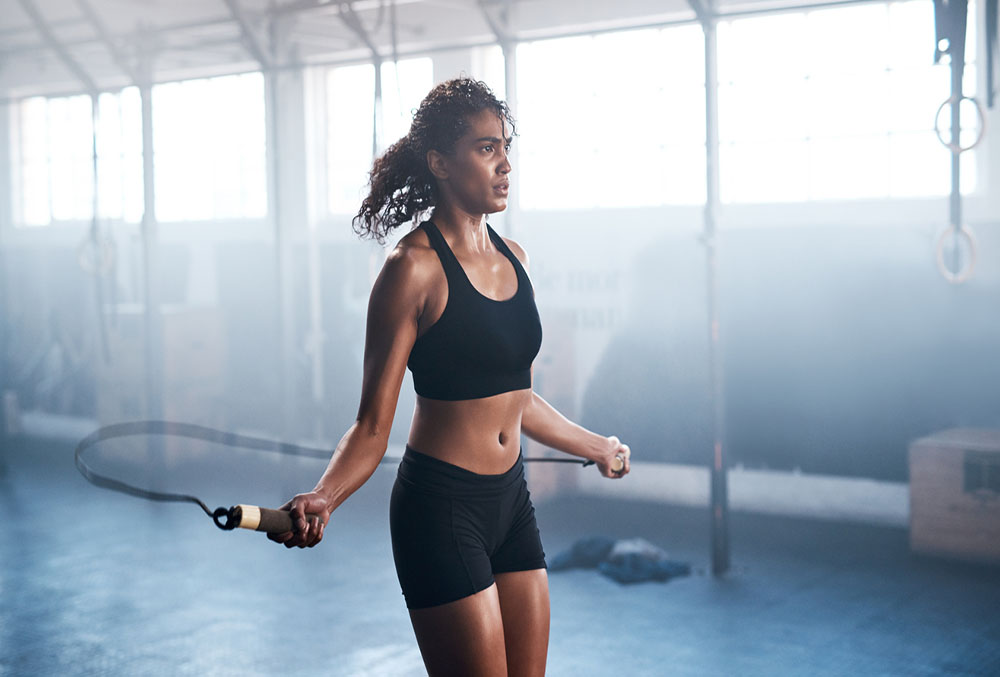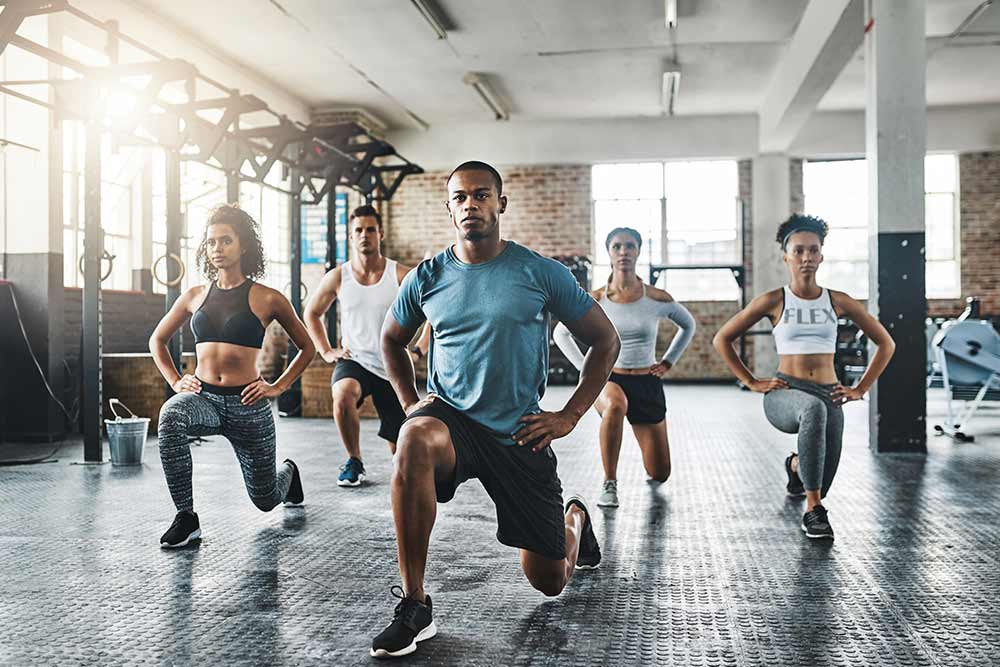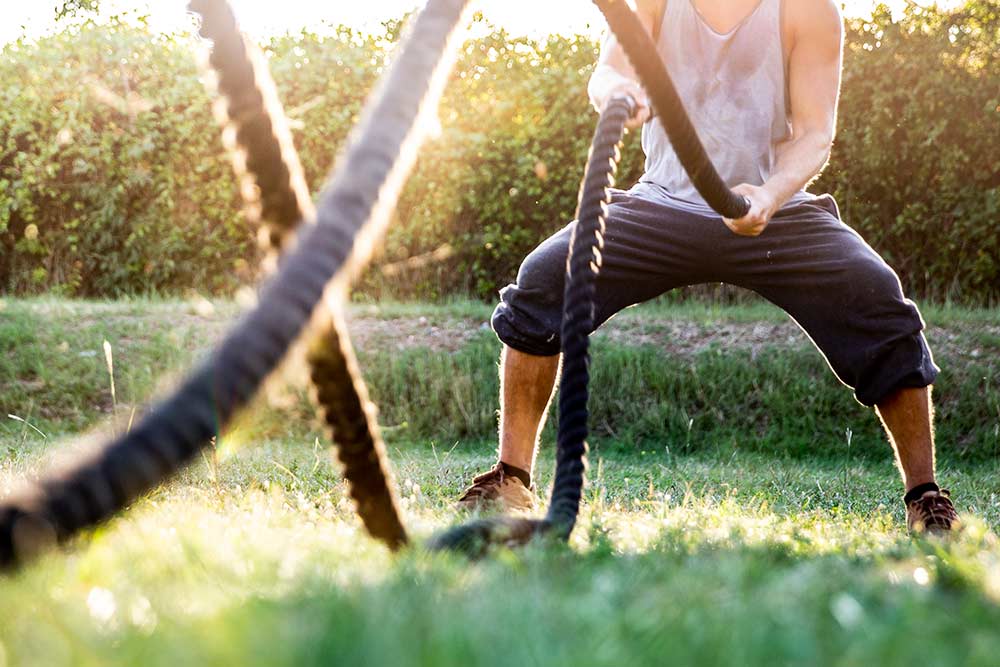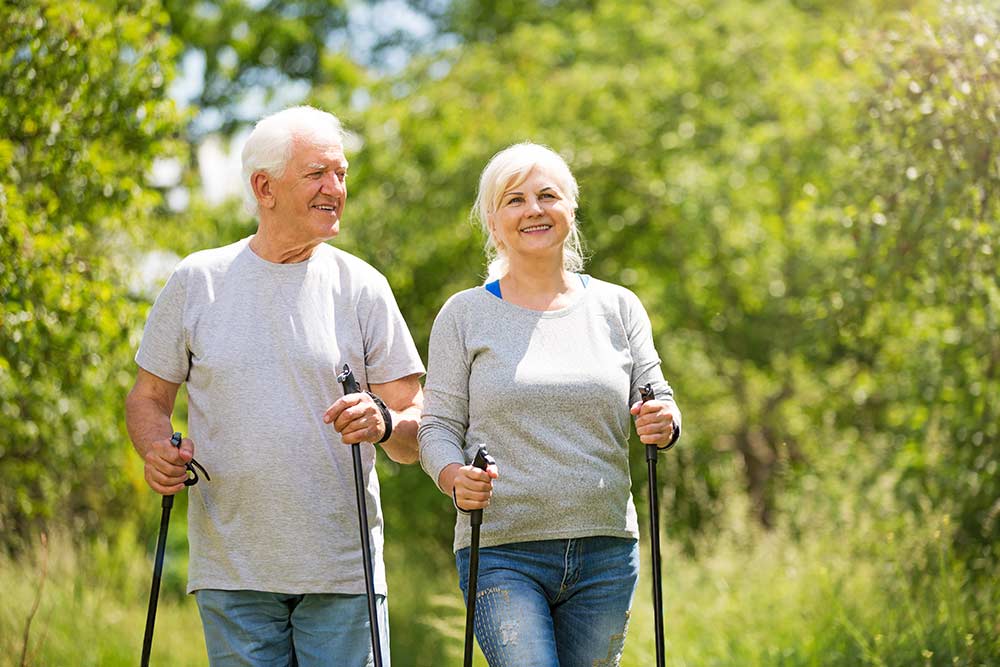Generation 100: The 3 Year Follow Up

Hunter Bennett
For those of you who have been with us here at Forever Fit Science for a while, you might be aware of one of the first articles we ever wrote about ‘The Generation 100 Study’. This study was built around the need to determine the effects of a 5-year exercise program on mortality and health in elderly populations (aged 70 – 76 years).
Which is pretty damn important!
While the entire article can be read in full here, I’ll try and provide a brief summary (although I strongly recommend you read the original – it’s a great article!).
What is the Generation 100 Study?
In short, all men and women born between the years 1936 and 1942 who were residents of the city of Trondheim in Norway, were invited to participate in what has become the largest exercise study in the world.
Of the 6966 individuals that were invited to participate in the study, a grand total of 1567 individuals (790 women, and 777 men) were included. These participants were then randomized into one of three groups:
- A high-intensity training group, who performed two sessions consisting of a 10 min warm-up followed by 4×4 min intervals at 90% of maximal heart rate, twice per week.
- A moderate intensity training group, who completed 50 min of continuous aerobic exercise at 70% of maximal heart rate, twice per week.
- Or a control group, who followed physical activity advice according to the national recommendations of Norway.
Both the moderate intensity and high-intensity training group completed their two sessions per week supervised, while the control group simply attempted to apply the exercise guidelines in a completely unsupervised manner.
The current plan is for all groups to participate in the study for a total of 5 years, with clinical examinations, physical tests and health-related questionnaires administered to all participants at the start of the study, and then after 1, 3 and 5 years of participation. This will be done to evaluate the effects of exercise training on social participation, physical function, cognitive function, and overall morbidity. Participants will also be followed up after the studies completion by linking to health registries in the area until the year 2035, to gain mortality information.
As I previously mentioned, the primary focus of this study is to determine the effects that regular exercise training over a 5-year period can have on overall mortality in elderly populations – however, the 3 and 5 year follow-ups provide a wealth of information that can be used to determine the effectiveness of exercise on various health-related aspects of life.
With this in mind, the secondary aim of this study was to evaluate the effects of both high-intensity and moderate-intensity training on risk factors for cardiovascular disease, maximal fitness measures, physical activity levels, pulmonary function, muscle strength, gait speed, and characteristics, need for prescription medications, falls and fall-related injuries, dementia, depression, fatigue, and rate of hospitalisation.
To summarise – they wanted to determine which mode of exercise was best for health, lifestyle, and fitness in elderly populations (Stensvold, 2015).
Related Article: Do Younger & Older Brains Respond Differently To Dance?
Generation 100: The Results So Far
So, the researchers working on this huge undertaking have recently begun publishing some of their results after collecting data at the 3 years follow up – and they are pretty interesting to say the least!
While they are yet to publish anything pertaining to the health and fitness outcomes of the training intervention, they have produced some extremely interesting information around what dictates adherence to exercise in older populations, and what modality of exercise appears to be the most effective at enhancing that adherence.
Predictors of Exercise Dropout on Older Adults
So, after three years of the training study, the total dropout rate so far is 14.9% – which as far as long-term training studies go, is extremely good.
If we break this down a little further and delve into the numbers a bit, we can see that the dropout rate was significantly different between groups. The unsupervised control group saw a dropout rate of 9.4%, the moderate intensity group saw a dropout rate of 16.8%, and finally, the high-intensity group saw a dropout rate of 23.7%.
While at face value this may suggest that higher intensity exercise is harder to adhere to, it could simply be explained by the commitment required to perform the exercise intervention.
You see, this information suggests that unsupervised training may place less burden on older individuals, making it easier to adhere to the prescribed exercise. The slight increase in burden involved with having to physically attend two scheduled training sessions per week may, therefore, act as a barrier to continuing exercise – which would, therefore, explain the slightly higher dropout rates in the supervised training sessions.
Interestingly, three other key factors seemed to predict dropout from the study. These included:
- Low physical activity levels at the start of the study
- Low cardiorespiratory fitness at the start of the study
- A low education level of the participants
So, if we were to try and interpret this information, I would suggest that individuals who don’t perform much physical activity (and subsequently have low fitness levels) have a hard time making the lifestyle changes required to commit to a new exercise program.
Moreover, those people who haven’t been educated on the importance of exercise in regard to health and longevity will also be less likely to adhere to an exercise program – most likely because they fail to see its true value.
So with this in mind, if we can organize exercise in a way that fits nicely within someone’s individual schedule, and educate them on its importance, then they are going to be more likely to stick to it!
How Does the Weather Influence Exercise Levels in the Elderly?
The generation 100 study is unique in that it is one of the few research studies that follow individuals across the duration of an entire year. With this, it provides a rare opportunity to see how changes in the weather can impact the exercise levels of older adults.
And as you can imagine, the results were pretty interesting!
During the colder months, physical activity levels declined in those individuals who were less physically fit. In these same individuals, they then increased as the temperature increased as the months got warmer.
But interestingly, physical activity levels stayed the same across the year’s duration in those individuals were measured to have higher levels of base fitness at the start of the study.
So, what might this mean?
While it’s harder to say for sure, the authors have interpreted these results to suggest that less fit older individuals will experience bad weather to be a barrier to exercise. On the other hand, their fitter counterparts are more willing to exercise in this bad weather, despite the discomfort associated.
In my mind, this suggests that fitter individuals have become more habitual in their exercise routines, and are therefore more likely to place greater value in their fitness. As such, they are less likely to miss a scheduled session.
Alternatively, those who are yet to get their exercise routine habitual and constant will have a harder time adhering to it when barriers are present (Aspvik, 2018).
Related Article: Fitness Helps Brain Function As We Age
What are the Most Common Exercise Patterns in Older Adults?
The final piece of research that the team undertaking the Generation 100 study have chosen to release is actually around the modalities of exercise that the individuals within the study have chosen to incorporate into their exercise regimes. The authors suggest that getting older adults to commence exercise, and then keeping them participating in those exercise programs, is a bit of a major challenge. With this in mind, they believe that understanding how older adults prefer to exercise may aid in the development of tailored exercise programs that have the capacity to increase exercise participation in the long term.
To gain an understanding of this, they chose to take an in-depth look at the exercise patterns of the individuals within the study over their first year of participation – and I must say, the results provide us with a heap of useful information.
First up, both groups performed an average of 2.2 exercise sessions each week throughout the year. Walking was typically the most common exercise modality for both training groups, however, the moderate intensity group had a higher proportion of walking sessions than the high-intensity group (54.2% vs. 41.1%).
Alternatively, the high-intensity group had a higher proportion of sessions that involved cycling (14.2% vs. 9.8%), or that combined endurance and resistance training (10.3% vs. 7.5%), and  running (6.5% vs. 3.2%,). Swimming was the least popular exercise modality in both training groups. If we break down the training sessions a little further, the results clearly show that the vast majority of all training sessions were performed outdoors s (67.8% in the moderate intensity group, and 59.1% in the high-intensity group). As one would expect, the high-intensity group performed more sessions in a gym environment.
running (6.5% vs. 3.2%,). Swimming was the least popular exercise modality in both training groups. If we break down the training sessions a little further, the results clearly show that the vast majority of all training sessions were performed outdoors s (67.8% in the moderate intensity group, and 59.1% in the high-intensity group). As one would expect, the high-intensity group performed more sessions in a gym environment.
And finally, looking into the social aspects involved, both groups performed an equal amount of sessions alone and together with others. However, when split by gender, it quickly became apparent that women spent more of their sessions training together when compared to the men in the study (56% vs. 44%). So, to summarise these results, it appeared that the older individuals within the study preferred to train outside than inside, and preferred performing activities that were easily accessible, such as walking, cycling, and jogging. Within this, it appears that females may enjoy training as a group more than men – albeit only slightly (Reitlo, 2018).
How Can We Use this Information?
In reality, the evidence produced from the start of this huge study provides an abundance of useful information around how we can best prescribe exercise in older adults. It certainly appears that education plays a key role in increases exercise adherence. Ensuring that the individual has a clear understanding of the benefits of exercise before commencing a training program is likely to improve their ability to stick to that training program. It also seems that as they increase their fitness, their adherence will increase in all conditions – most likely because the exercise itself is becoming habitual.
Importantly, if we can make these early exercise sessions mesh with the individuals’ schedule in a way that is easy to maintain, then adherence will increase further. As a result, the initial stage of the exercise program appears to be crucial. It is during this time period that the most guidance and education is required to ensure a good base level of fitness is developed, and to ensure that the exercise itself becomes a permanent part of their weekly routine. Finally, as far as the mode of exercise goes, it appears that adherence will improve if the exercise can be performed outside without any equipment. And if you are training women specifically, then a group training environment may be preferable.
Take Home Message
Exercise is unquestionably the most beneficial things that you can do for your health. Protecting against cardiovascular disease, osteoporosis, declines in metabolic health, and even mental illness, it truly is a panacea. Given that the population is only getting older, it is becoming increasingly important as a means to maintain health and function in older populations.
While only in its early stages, the Generation 100 study aims to provide some insight into not only the benefits that exercise can have in this population but also how it can be best implemented to maximize adherence and effectiveness. So keep in touch – because we will be giving you updates on this massive study as often as we can!
References
Stensvold, Dorthe, et al. “A randomized controlled study of the long-term effects of exercise training on mortality in elderly people: study protocol for the Generation 100 study.” BMJ open 5.2 (2015): e007519.
Viken, Hallgeir, et al. “Predictors of Dropout in Exercise Trials in Older Adults: The Generation 100 Study.” (2018).
Aspvik, Nils Petter, et al. “Do weather changes influence physical activity level among older adults?–The Generation 100 study.” PloS one 13.7 (2018): e0199463.
Reitlo, Line Skarsem, et al. “Exercise patterns in older adults instructed to follow moderate-or high-intensity exercise protocol–the generation 100 study.” BMC geriatrics 18.1 (2018): 208.
You Might Like:

